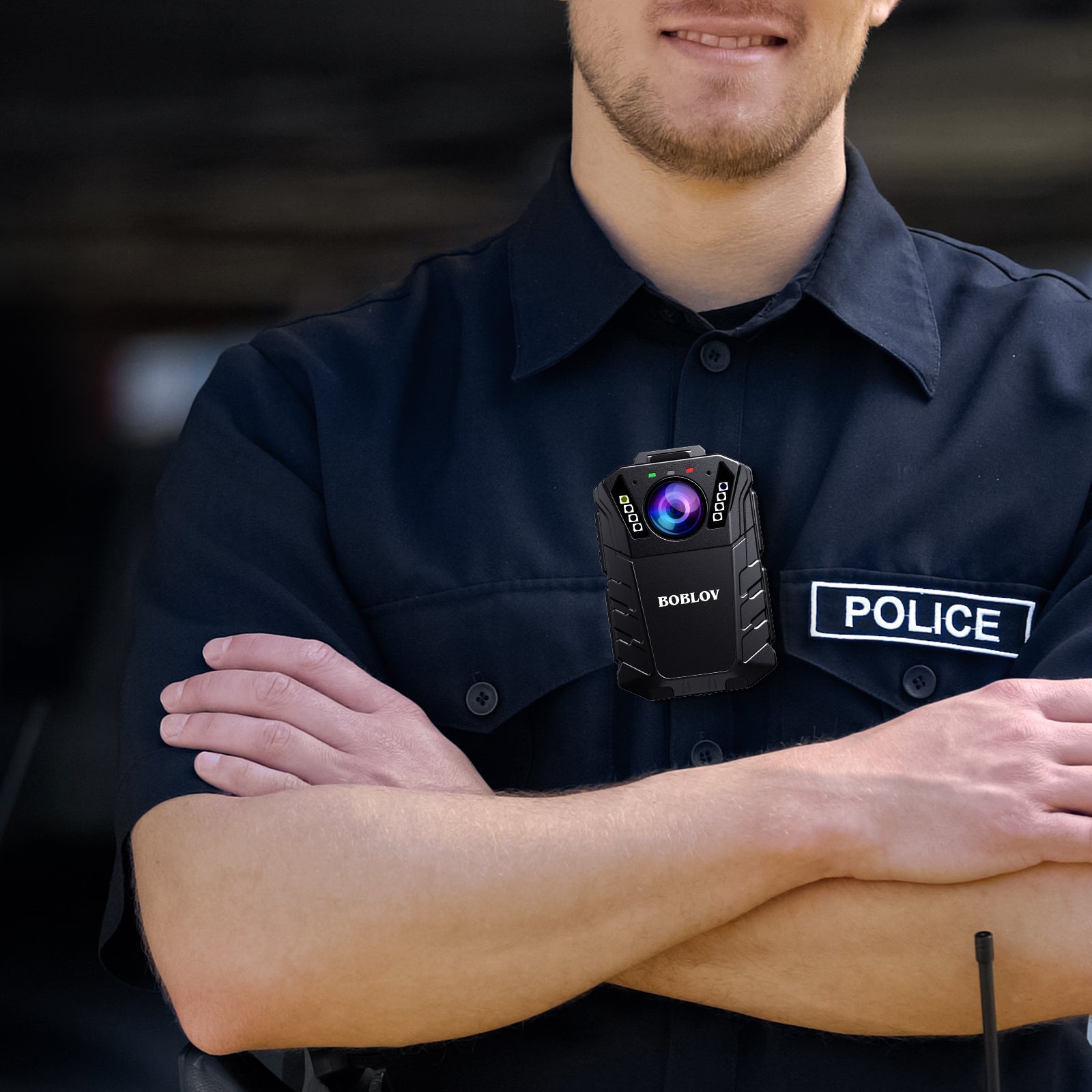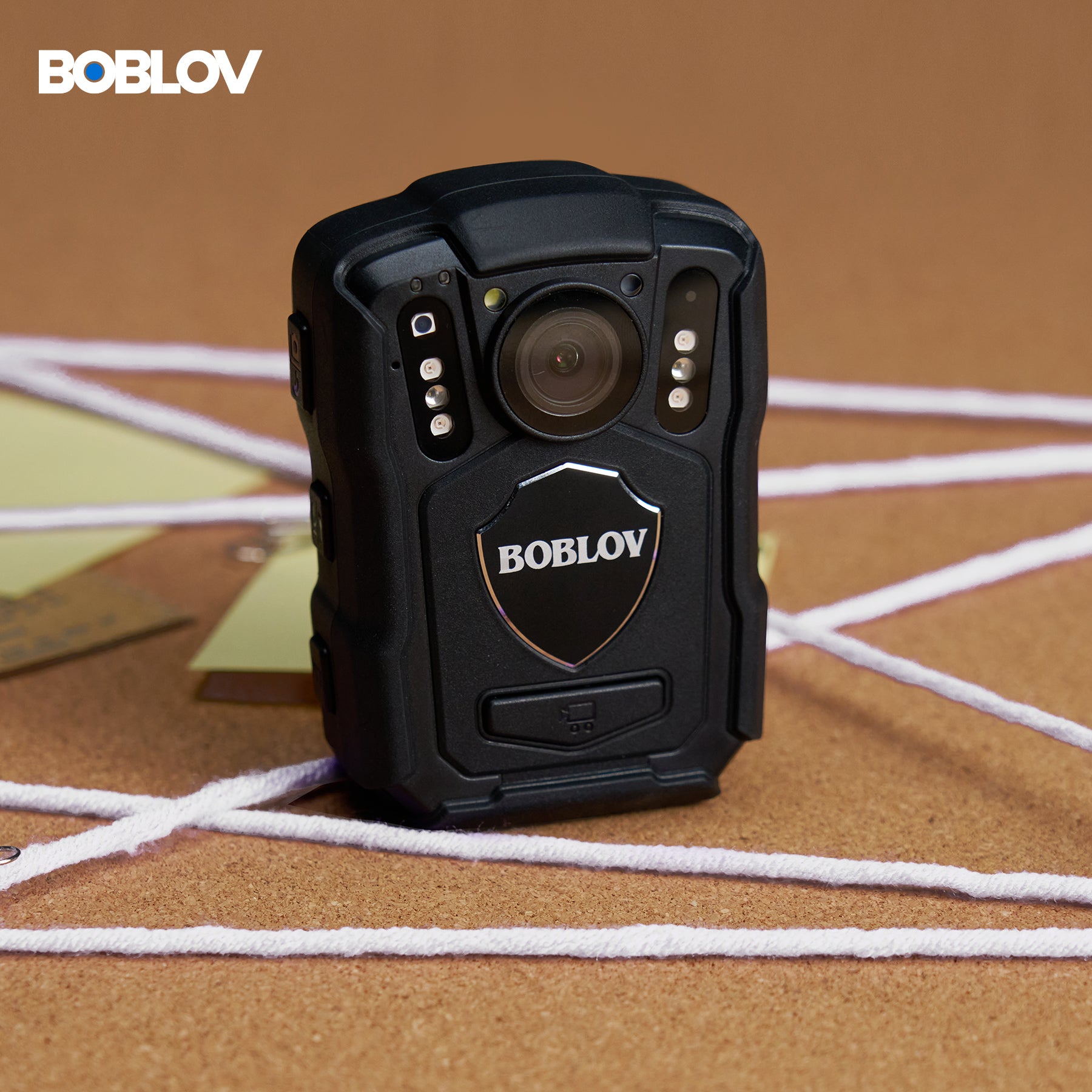The Evolving Role of Bodycams in American News Gathering
Historical perspective: From analog to digital video
The journey from analog to digital video has reshaped American news. It started with bulky cameras and tapes. Now, reporters wear bodycams. These gadgets capture crisp, real-time events. They're changing how news is gathered and told. News teams once relied on big cameras. Today, tiny bodycams provide direct from-the-scene footage. They document situations as they unfold. This shift brings news to viewers faster than ever. It also adds a raw authenticity to reporting. Bodycams capture events without a filter. This change marks a new era in journalism history. As tech evolves, so will the news we watch. Bodycams are a key chapter in this ongoing story.
The modern newsroom: Integrating bodycam footage
The newsroom has transformed with bodycam integration. It has added a new layer to storytelling. Now, journalists can offer raw, unfiltered views. Bodycams bring viewers to the heart of events. They provide immediate and powerful context. This footage can challenge official narratives. It creates a need for policies on handling and sharing these videos. News agencies have to balance sensitivity with the public's right to know. Bodycam footage is now key in investigative reporting as well.
Ethical considerations in the use of bodycams
The bodycam, a staple in law enforcement, has beefed up news reporting ethics. But it raises issues as well. How do we balance privacy and the public's right to know? Reporters must weigh the impact of showing raw footage. The edit process needs careful thought to avoid bias. There is a line between news and sensationalism that must not blur. As bodycams shape news, let's ensure they serve justice and truth.
Analyzing the Influence of Bodycams on News Stories and Consumer Engagement
Changing the way stories are told: Impact on narrative
Bodycams are reshaping news storytelling. They provide unedited scenes of events. This raw footage changes news narratives. It shows viewers what happened, without filters. With bodycams, stories become more transparent. They help build trust between viewers and news outlets. Also, bodycam videos often add dramatic, real-time elements to reports. This makes the news more immersive. In turn, stories with bodycam footage can seem more credible.
Bodycams and consumer empowerment: A new front in eyewitness journalism
Bodycams are changing news. They let everyday people share what they see. This is a new kind of journalism. Consumers can now capture events on camera. This adds to news stories in a big way. People's videos often go viral. This leads to more eyes on the event. These videos can also spark big debates. They raise questions about what is right. Journalists now have to think about using this footage. They must be careful and respect privacy. With bodycams, news has become more raw and real.
The viral effect: How bodycam footage drives traffic and social media
Bodycam footage often goes viral, sparking widespread audience reaction. It's crucial to news media today. Clips shared on social media can lead to massive traffic spikes. They also prompt public debate and can drive change. Such videos are powerful tools in today's digital era. They connect viewers with raw, unfiltered events. This has reshaped the way we consume and share news online.
Future Prospects: Predicting the Next Frontier for Bodycams in News Video
Technological advancements: The future of bodycams in the news industry
The bodycam tech landscape is rapidly evolving. In the coming years, we'll likely see higher resolution capture, enhanced audio, and longer battery life. Real-time streaming capabilities could become the norm, providing instantaneous feeds to newsrooms. Meanwhile, increased integration with cloud storage and AI will streamline footage management and analysis. Facial recognition and object identification might be controversial but could play a role in news gathering. As innovations continue, the potential for bodycam use in journalism will expand, intertwining with issues of privacy and ethics that the industry must navigate carefully.
Navigating regulatory challenges: Protecting privacy and ensuring accountability
As the use of bodycams in news reporting grows, so do concerns about privacy and accountability. In the future, we may see stricter laws framing their application. These laws could dictate when and how footage is recorded, stored, and shared. On the other hand, news agencies might establish their own codes to ensure ethical use of this technology. A vital balance must be struck. This ensures transparency in reporting while protecting the rights of those filmed. The path ahead must consider the complex social and legal aspects of bodycam use in journalism.
The intersection of AI and bodycam video: Enhancing news reporting and dissemination
The fusion of AI with bodycam technology is set to revolutionize news production. AI algorithms can swiftly sift through hours of footage, spotlighting key events. This synergy promises to optimize the news cycle, ensuring important clips are not overlooked. AI could also flag footage anomalies, enhancing the authenticity of news video content. Moreover, AI-driven analysis could provide deeper insights into events captured on bodycams, offering viewers a more nuanced understanding. As AI and bodycams progress, their combined use could dramatically sharpen and expedite the reporting process, cementing a new era in journalism.




